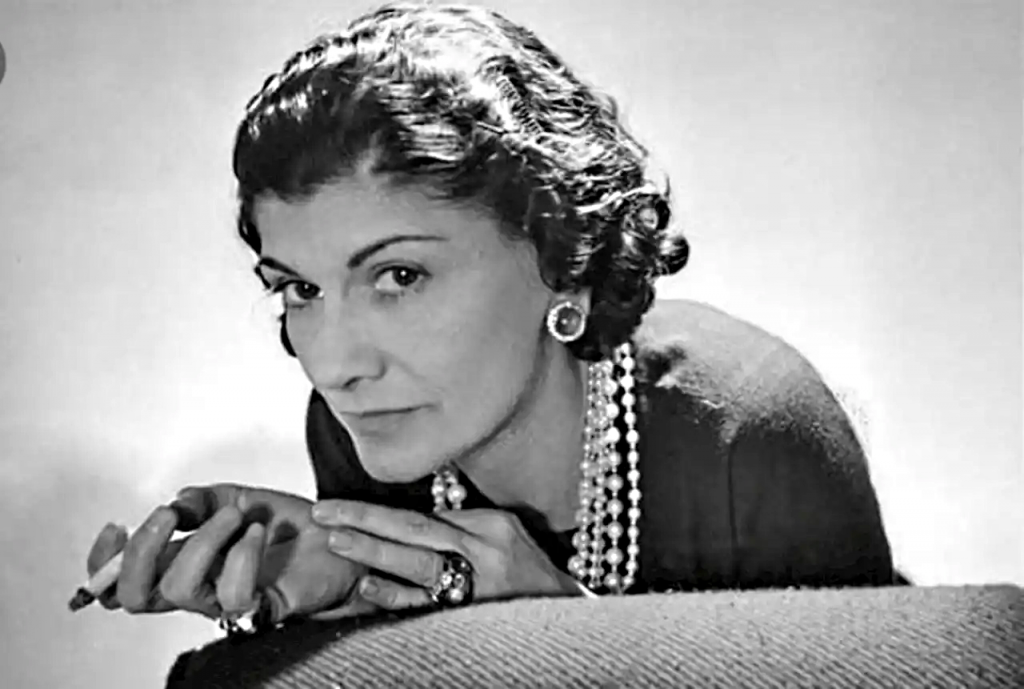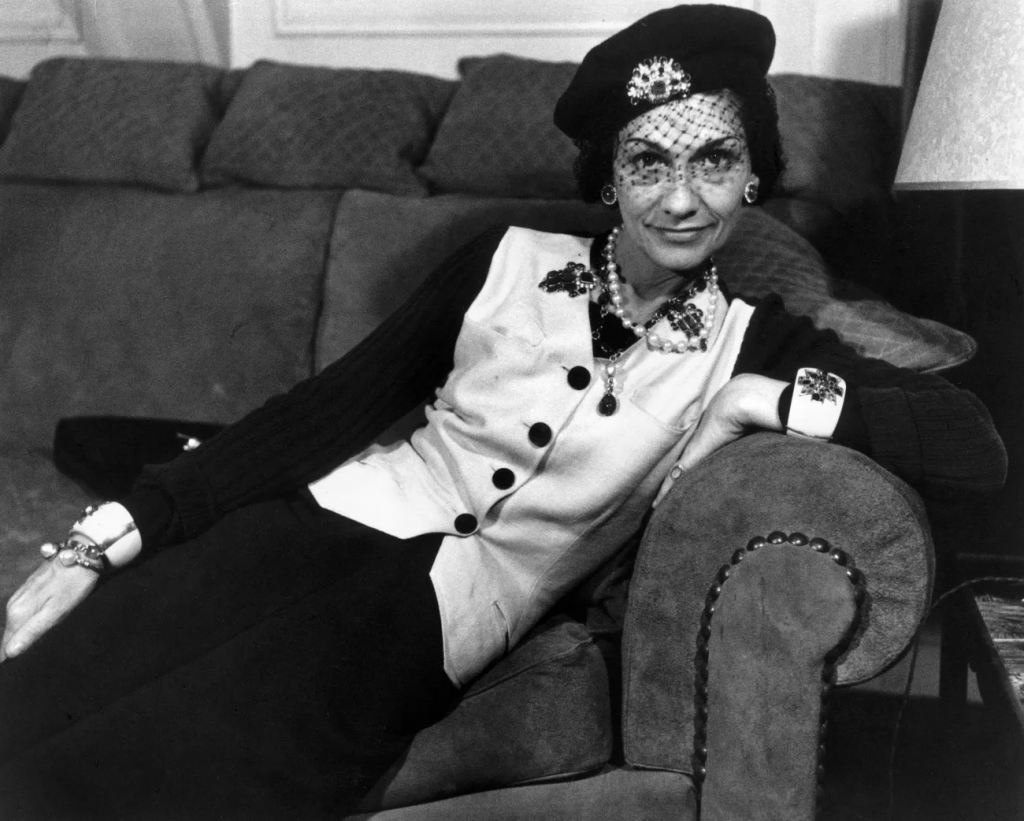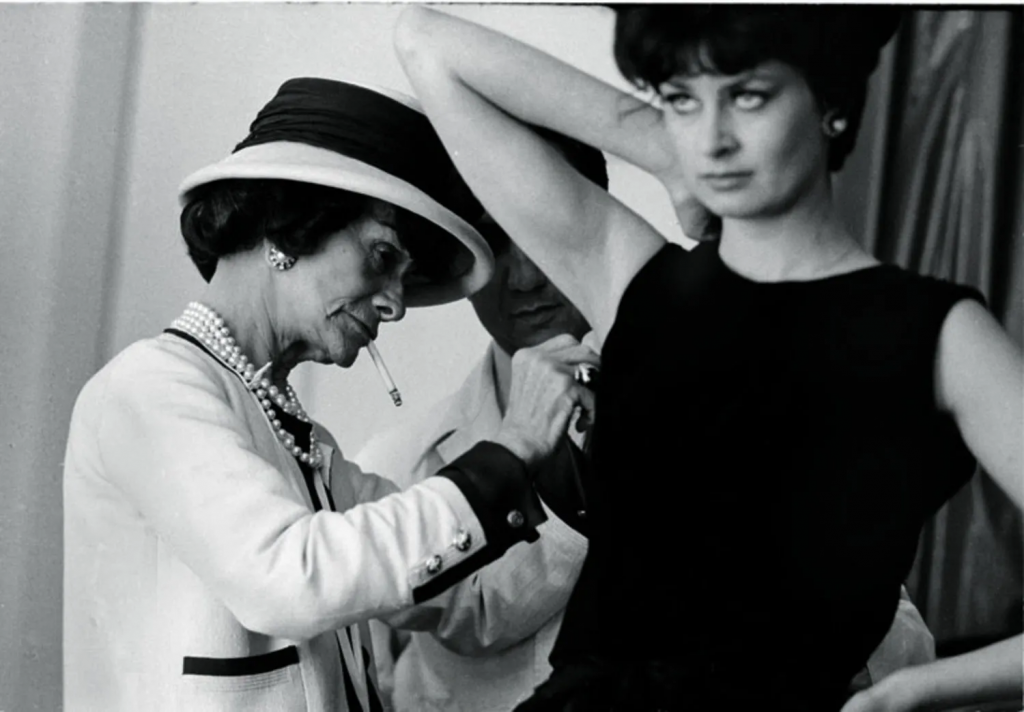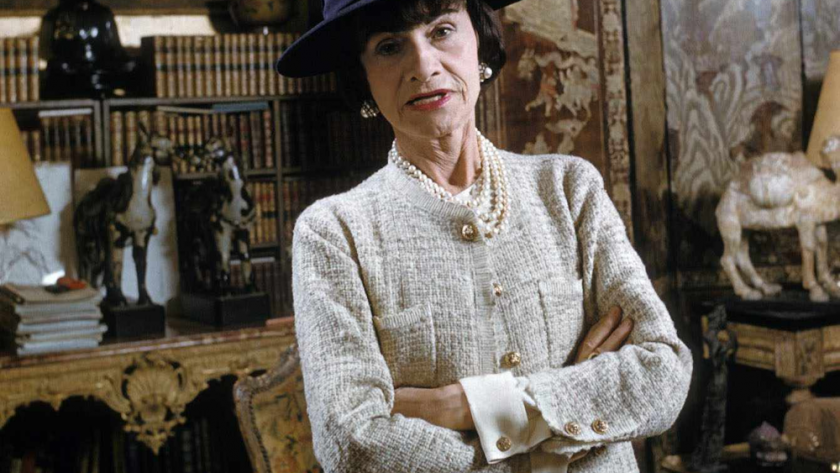In a world where fashion brands emerge and vanish with the passing times, the story of how Coco Chanel started her business remains a timeless tale of resilience, ingenuity, and grace. Coco Chanel, the founder of the eponymous brand, revolutionized the way women wore clothes and viewed themselves within society. By the end of this article, you will understand the exceptional journey of Coco Chanel from a modest background to becoming one of the most influential fashion designers in history.
The Early Life of Coco Chanel
From Humble Beginnings to High Society
Gabrielle Bonheur “”Coco”” Chanel was not born into luxury. Her early years were marred by poverty and the loss of her mother. Yet, these challenging times were formative, forging a woman of steel. Coco’s introduction to the delights of high society, thanks to her stint as a café singer, marked her first step into the fashion world. Here, Coco would meet the influential men who would support her not just romantically but in her future business endeavors.
Chanel’s Introduction to the Fashion World
It was Coco’s sense of style and her hats, initially made for herself, that caught the attention of the wealthy women of Paris. Recognizing an opportunity, she took bold steps that would eventually lead her to open her first fashion boutique. Coco’s conviction was that simplicity was the true keynote of all true elegance, a belief that would radically shift the fashions of the times.

The First Ventures of Coco Chanel
1910 marked a significant year as coco_chanel opens her first shop in Paris. This store, financed by her then-lover, Arthur Capel, primarily focused on hat making. Chanel’s early designs were a departure from the ostentatious styles of the era, introducing hats that were simplistic yet breathtakingly elegant. The success of her small hat shop laid the foundation for what would become one of the most prominent fashion houses in the world.
The Significance of Chanel’s Hat Making:
- Defined a new era of relaxed elegance in women’s fashion.
- Attracted attention from the most respected figures in Parisian society.
The Expansion into Clothing: Given her success with hats, Chanel did not hesitate to expand her business to include clothing. In no time, the ‘Chanel suit’—a collarless jacket and well-fitted skirt—made its debut and became an instant hit, helping women to become more comfortable yet stylish.
The Breakthrough: Chanel’s Revolutionary Designs
Chanel’s suits were more than articles of clothing; they were statements of liberation. Women, for the first time, could stride into public arenas with the same sense of purpose and freedom as men. Chanel suits, made from comfortable and practical fabrics, redefined women’s fashion and made Chanel one of the most coveted brands of the time.
The Introduction of the Little Black Dress: Coco also introduced the “”little black dress”” which would become a stalwart in every woman’s wardrobe, transforming fashion forever. The dress was designed to be versatile, affordable, and accessible to the general public, becoming a ubiquitous symbol of chic simplicity.
The Embrace of Costume Jewelry: Mocking the social mores that dictated that only fine jewelry should be worn, Coco also created a trend of costume jewelry. These bold statement pieces allowed women to accessorize lavishly, without the associated cost.

The Path to Business Success
As her brand evolved, Coco Chanel became synonymous with exquisite taste and empowerment. She was not just selling clothes; she was selling an ethos of strength merging with grace. Establishing herself among the top fashion designers, Chanel’s brand would continuously innovate but never stray from its core values of comfort and sophistication.
Strategies Behind Building the Chanel Brand: A critical aspect of Chanel’s success was her ability to keep her designs fresh and relevant, adapting to the changing tastes but also having a hand in shaping them. Her participation in every aspect of her business, from design to marketing, ensured her brand’s legacy.
Overcoming Challenges: World War I and Its Impact: The war posed significant challenges for all business owners, but Chanel adapted. Fashions became less extravagant, making Chanel’s simplistic design philosophy not just relevant, but necessary for the times.
Global Expansion and Legacy
Chanel’s ascension from national to international acclaim took years of dedication. Coco continued to innovate, understanding that to stay relevant, the business would need to keep evolving. With the launch of her perfume, Chanel No. 5, Chanel set forth on becoming a global powerhouse.
The Importance of the No. 5 Perfume in Chanel’s Success:
| Year | Significance |
|---|---|
| 1921 | Introduction of Chanel No. 5, which became one of the most recognizable fragrances in the world. |
| 1924 | The incorporation of Parfums Chanel, ensuring that the fragrance side of the business also flourished. |

Conclusion
Coco Chanel’s journey from a modest singer to the queen of the fashion empire is a remarkable narrative of determination and innovation. She not only redefined the standards of elegance and comfort in women’s fashion but also created a brand that has become synonymous with timeless luxury. Through her designs, Chanel not only made a name for herself but also empowered women to embrace a form of self-expression that was both liberating and graceful, altering the course of fashion history forever.
FAQs about Coco Chanel’s
1. How did Coco Chanel acquire the funds to open her first shop?
Answer: Coco Chanel initially received financial support from her romantic partner, Arthur “”Boy”” Capel, a wealthy English polo player, to open her first shop.
2. What made Chanel’s early designs stand out from the rest?
Answer: Chanel’s early designs stood out due to their simplicity, elegance, and the departure from the restrictive women’s fashion of the time, focusing instead on comfort and practicality.
3. When did Coco Chanel introduce her first perfume, Chanel No. 5, to the market?
Answer: Chanel No. 5 was introduced in 1921.
4. How did World War I affect Coco Chanel’s business?
Answer: During World War I, materials were scarce, leading Chanel to use jersey fabric – a material previously designated for men’s underwear – due to its availability. This innovative use contributed to her early success.
5. What is Coco Chanel’s legacy in the fashion industry today?
Answer: Coco Chanel is remembered for her timeless designs, her pioneering the concept of the modern independent woman in fashion, and her lasting influence on style, evidenced by the enduring success of the Chanel brand.




